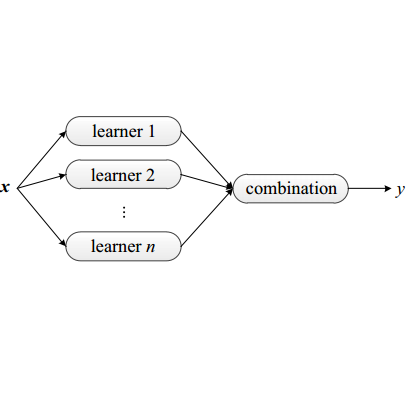Deep learning (DL) models for image-based malware detection have exhibited their capability in producing high prediction accuracy. But model interpretability is posing challenges to their widespread application in security and safety-critical application domains. This paper aims for designing an Interpretable Ensemble learning approach for image-based Malware Detection (IEMD). We first propose a Selective Deep Ensemble Learning-based (SDEL) detector and then design an Ensemble Deep Taylor Decomposition (EDTD) approach, which can give the pixel-level explanation to SDEL detector outputs. Furthermore, we develop formulas for calculating fidelity, robustness and expressiveness on pixel-level heatmaps in order to assess the quality of EDTD explanation. With EDTD explanation, we develop a novel Interpretable Dropout approach (IDrop), which establishes IEMD by training SDEL detector. Experiment results exhibit the better explanation of our EDTD than the previous explanation methods for image-based malware detection. Besides, experiment results indicate that IEMD achieves a higher detection accuracy up to 99.87% while exhibiting interpretability with high quality of prediction results. Moreover, experiment results indicate that IEMD interpretability increases with the increasing detection accuracy during the construction of IEMD. This consistency suggests that IDrop can mitigate the tradeoff between model interpretability and detection accuracy.
翻译:深度学习模型(DL) 用于基于图像的恶意软件检测的深度学习模型(DL) 已经展示出其制作高预测准确度的能力。但是模型解释性正在对其在安保和安全关键应用领域的广泛应用构成挑战。本文件旨在设计一个基于图像的恶意软件检测(IEMD)的易变学习方法(IEMD) 。我们首先提出一个基于图像的深相联学习模型(SDEL) 检测,然后设计一个基于图像的深泰勒分解(EDTD) 方法,这可以给SDEL检测输出的像素级解释。此外,我们为像素级热测图的广泛应用开发了公式,以便评估EDTD解释的质量。根据EDTD的解释,我们开发了一个新型的深相联式学习模型(IDrop),通过培训SDEL探测器的检测来建立IMD。实验结果展示了我们的ED模型比先前基于图像的恶意检测的解析方法更好的解释性。此外,实验结果表明,IMD在像级测测测得到99.87%的准确性测试中提高了IEM的准确性,同时显示IM勘测测测结果的准确性。




